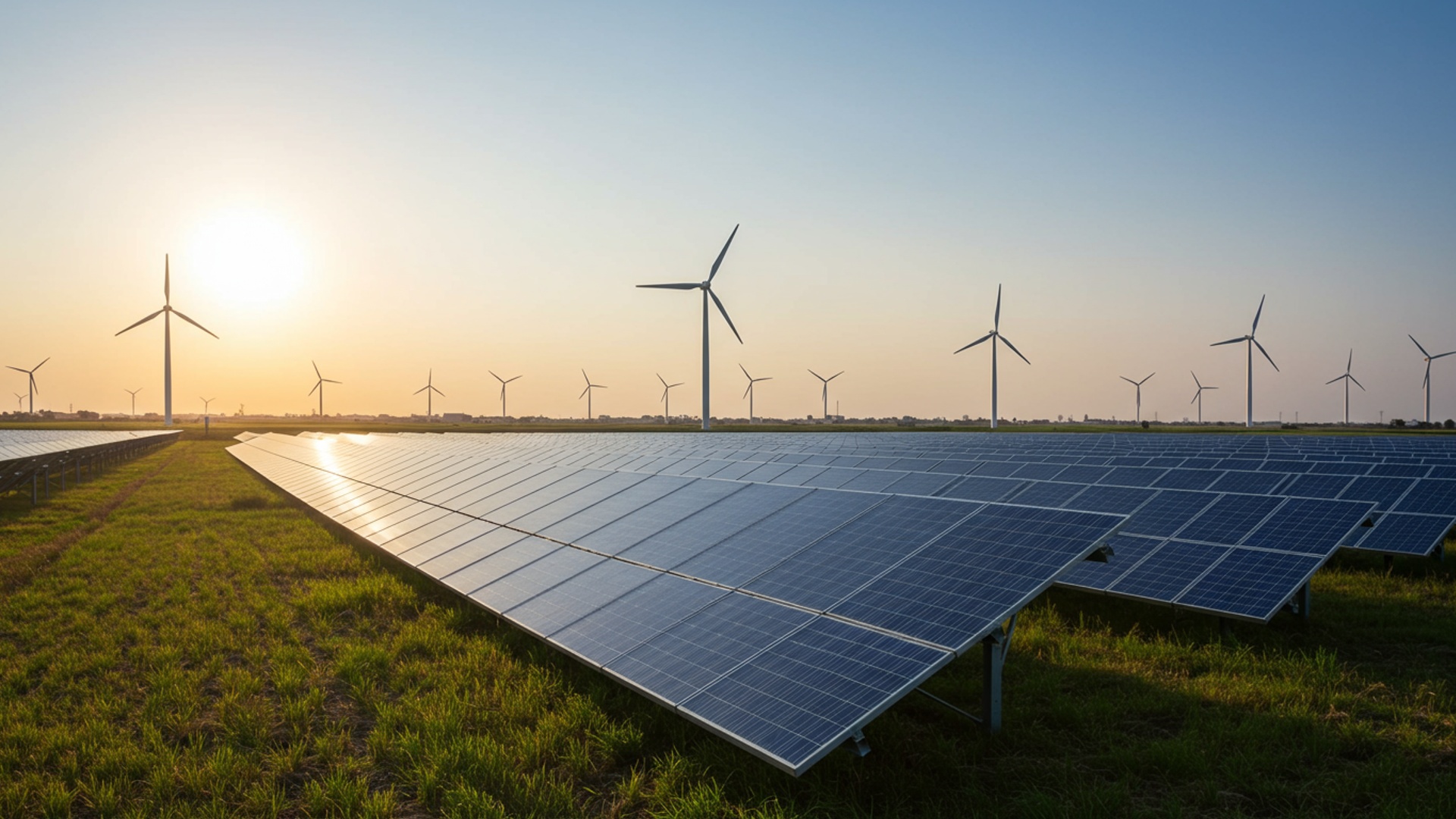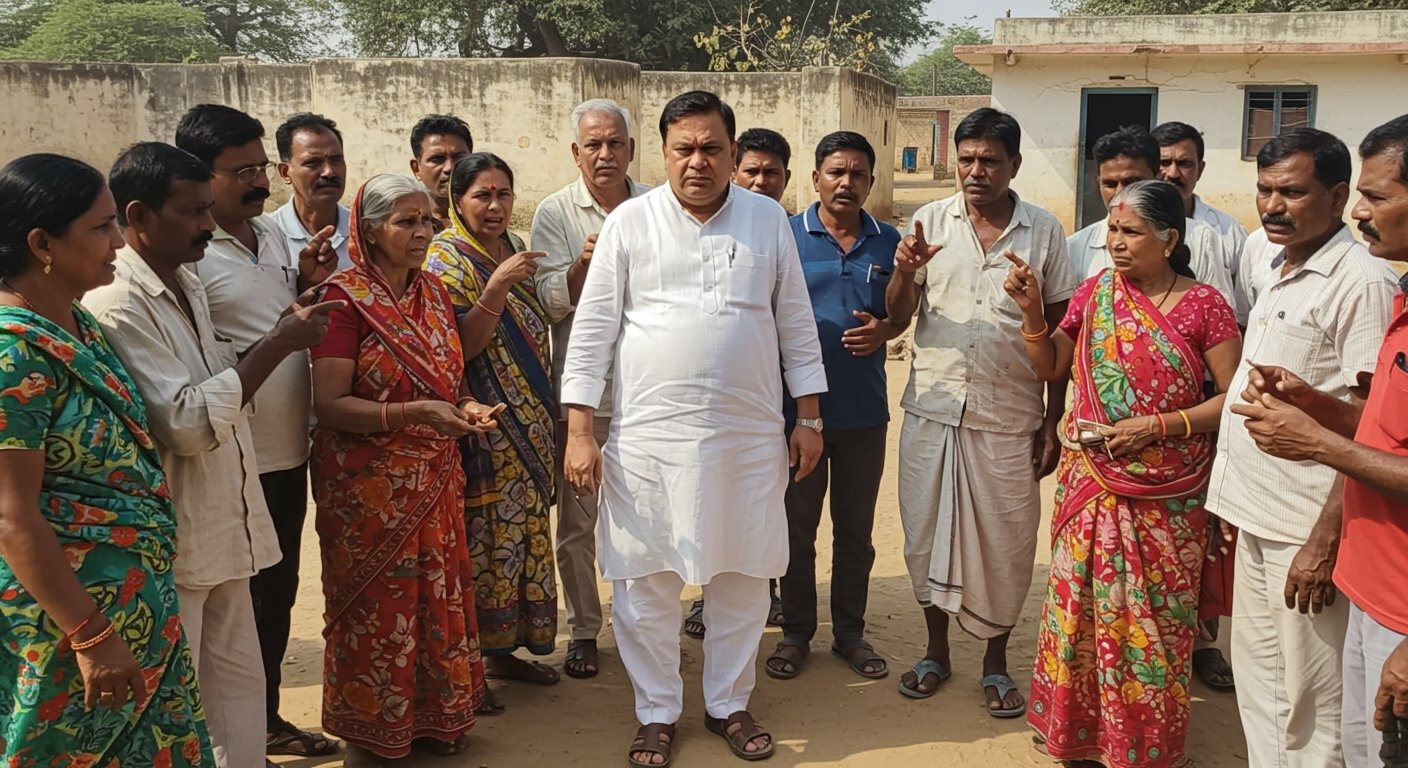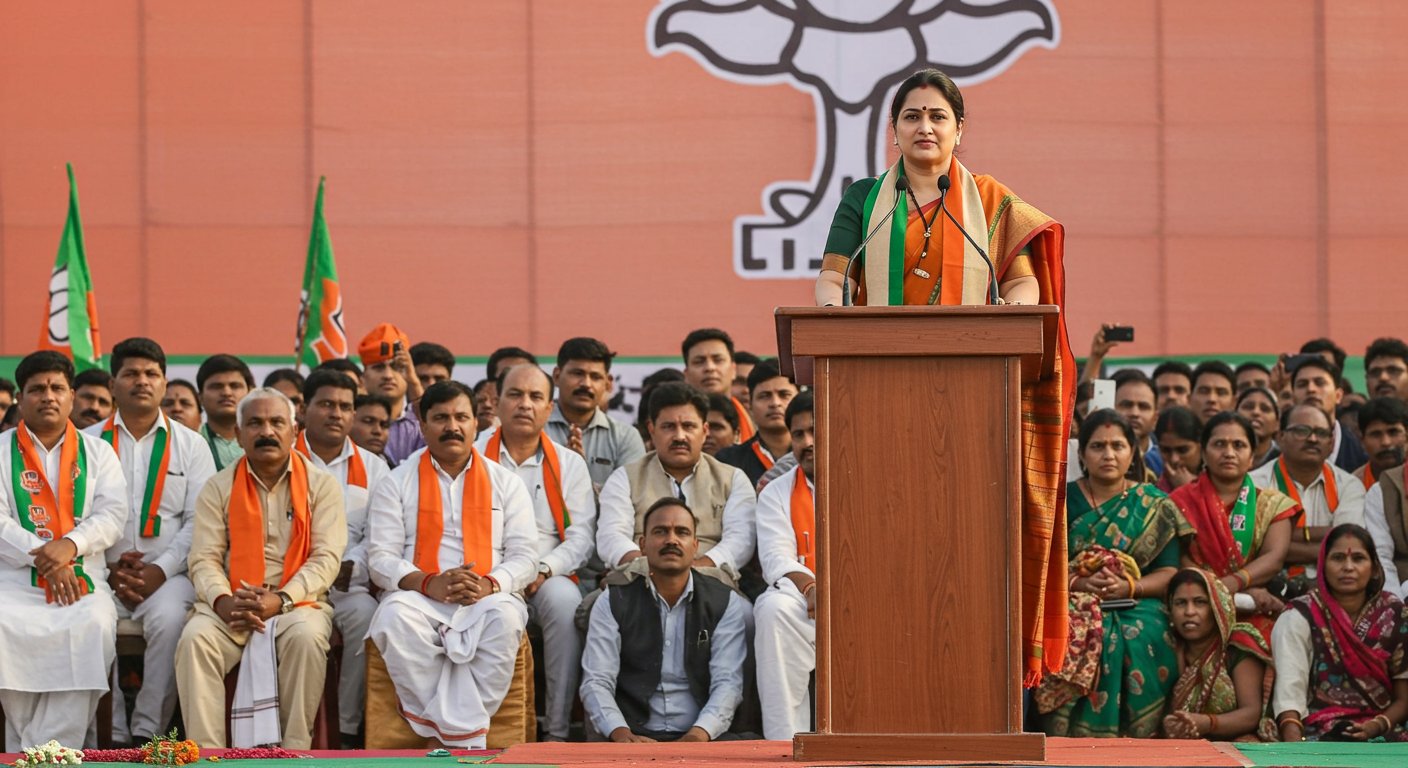Punjab is now seeing a huge boom in green power. The state’s ability to make clean energy has tripled, a big win for its energy goals. This fast change puts Punjab at the front of India’s move to earth-friendly power. It means more homes and farms get power from sun and wind, making air cleaner and helping fight big weather changes. This big jump promises a strong, clean power future for everyone in Punjab.
How Punjab’s Power Changed
In a big step towards cleaner power, Punjab has greatly increased its ability to make energy from natural sources like the sun and farm waste. Over the last few years, the state’s total capacity for renewable energy has tripled. This growth shows a strong commitment to moving away from older ways of making power, like burning coal, which cause pollution. This change helps the environment and makes sure Punjab has enough power for its homes and businesses.
Just a few years ago, Punjab’s total power from renewable sources was around 660. 44 megawatts (MW) in 2014-15. Now, that number has reached about 2,174. 12 MW in 2024-25, showing a fast change. This increase means the state is less dependent on power from other places. It is making more of its own clean power within its borders. This is good for the state’s independence and its plans for a greener future. The shift has been steady and planned, involving efforts to build new power plants and make it easier for people to use solar energy.
What Helped This Growth
Several essential steps and new rules helped Punjab’s green energy growth. The state government offered clear plans and support for setting up solar panels or farm waste power plants. A key step was the “net metering” policy. This rule allows people with rooftop solar panels to send extra power back to the main lines. They get credit for this, making solar attractive for homes and businesses.
The Punjab Energy Development Agency (PEDA) also played a big part. PEDA, the main government body for renewable energy, approved projects quickly and made rules easy for investors. They helped secure money for new green power plants. The government also planned to use farm waste, like rice straw, for electricity. This creates power and helps solve the problem of farmers burning crop remains, which causes much air pollution.
“The government’s focus on clear rules and steady support has been key. We have seen many new projects start because the path was made simple for investors and people who want to use green energy.” – Statement from a senior official in the Punjab Energy Development Agency.
Different Kinds of Green Energy
Punjab’s new green power comes from several natural sources. The biggest part of this growth is from solar power. Many new solar plants, both large ones and smaller rooftop systems, have been built. These turn sunlight directly into electricity, providing clean power without harmful gases.
Another crucial source is biomass energy, which uses farm waste like leftover crops to make electricity. Punjab produces a lot of this waste. Using it for energy helps manage farm waste and provides power. Farmers can sell their waste instead of burning it. Small hydro power, using water force, has also grown. slower.
Here is a simple look at how different types of green energy have grown:
| Energy Type | Capacity Before (MW) (2014-15) | Current Capacity (MW) (2024-25) | Increase |
|---|---|---|---|
| Total Renewable Capacity | 660. 44 | 2174. 12 | 3 times |
The data shows a significant overall increase in renewable energy. Solar and biomass power have both contributed greatly to this growth. This mix of green energy sources makes Punjab’s power supply more reliable.
Benefits for People and Land
The big increase in green energy in Punjab brings many good things. First, it means less pollution. Power from the sun or farm waste does not release harmful gases like coal plants do. This helps improve air quality and makes the state healthier. Reducing these gases also helps fight global warming.
Second, it makes Punjab more self-sufficient in power. By making more power within the state, Punjab relies less on buying electricity from other states or using expensive fuels. This can lead to more stable power prices and a secure supply. People and businesses can be more sure of having the power they need.
Green energy growth also creates new jobs. Building and running these projects needs many workers. Farmers benefit from biomass plants, selling crop waste for extra income. Many local communities have seen new economic activity.
“This move to green energy is not just about power; it’s about a healthier future for our children, cleaner air. new opportunities for our farmers and workers. It’s a win for everyone in Punjab.” – Comment from an environmental expert.
Lastly, it saves natural resources. Coal and oil are limited. Sunlight and farm waste are always available. By using these natural sources, Punjab plans for a long-term, stable power supply for future generations. This responsible use of resources builds a strong, green economy.
Challenges on the Way
While Punjab has done well, some difficulties remain. One challenge is finding enough land for large solar power plants. Land in Punjab is mostly used for farming, so finding big open areas for new projects can be hard. This sometimes leads to projects being built on less fertile land or needing careful planning to avoid impacting farming areas.
Another challenge is connecting all the new green power sources to the existing power lines. The main power grid needs to be updated and made stronger. This is to handle the large amount of power from many new, smaller sources like rooftop solar panels and biomass plants. Ensuring power flows smoothly without interruptions requires big investments in power line infrastructure.
Getting enough money for all these new projects can also be a hurdle. While government schemes help, private investors need to feel confident. Making sure rules stay clear and stable over time is vital to keep attracting money for green energy projects. Despite these challenges, the state continues to push forward.
What Comes Next
Punjab has big plans to continue its push for more green energy. The state aims to keep increasing solar power capacity, focusing on both large solar parks and smaller rooftop systems. There is also a strong plan to use even more farm waste for electricity, seeing it as a solution for both energy needs and pollution from stubble burning.
The government plans to bring in more advanced technology to make green energy production more effective. This includes looking into ways to store power, so electricity made during sunny hours can be used at night. Such storage solutions are crucial for making green energy a reliable, round-the-clock power source.
There will also be continued efforts to encourage more private companies to invest in Punjab’s green energy sector. This means keeping the rules simple, offering good benefits. making sure setting up new projects is easy. The goal is to make Punjab a leading state in India for green energy, setting an example for other regions.
![]()










